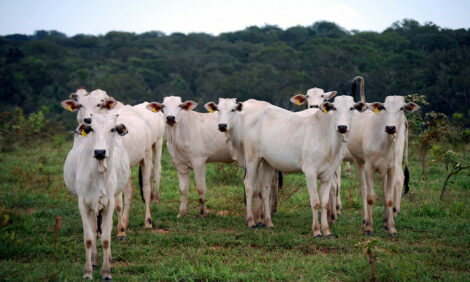



Differences Between Conventional And Organic Dairies
NORWAY - An investigation in Norway has highlighted the differences between Norweigan Red cows in conventional and organic farming with respect to reproductive performance, udder health and antibiotic resistance in udder pathogens. The study was carried out by Acta Veterinaria Scandinavica.The results from the 25 conventional herds and 24 organic herds showed that conventional cows had higher milk yields and received more concentrates than organic cows. Although after an adjustment for milk yields and parity, somatic cell count was lower in organic cows than conventional cows. There was also a higher proportion of quarters that were dried off at the herd visit in organic herds.
There were no differences in the interval to first AI, interval to last AI or calving interval revealed between organic and conventional cows. Reproductive performance of the organic herd has improved over the last 10 years, likely due to increased consumption of concentrates.
There was no difference between conventional and organic cows in quarter samples positive for mastitis bacteria from the herd visit.
Milk yield and parity were associated with the likelihood of at least one quarter positive for mastitis bacteria.
There was few S. aureus isolates resistance to penicillin in both management systems. Penicillin resistance against Coagulase negative staphylococci isolated from subclinically infected quarters was 48.5 per cent in conventional herds and 46.5 per cent in organic herds.
TheCattleSite News Desk


